Astronomers have uncovered a startling discovery in the diminutive dwarf galaxy Segue 1: rather than being held together primarily by dark matter as previously assumed, the galaxy appears to be locked in place by a giant black hole at its core. This finding might require a rethinking of how the smallest galaxies evolve and how gravity operates in extreme, low-mass environments.
A surprising measurement
Segue 1 lies just about 75,000 light-years away—a close neighbour amid the Milky Way’s environment. Despite its tiny size and sparse stellar population, researchers noticed that the stars within it were moving in ways that couldn’t be explained merely by the mass of visible stars and conventional dark-matter halos.
Using sophisticated super-computer modelling, the team charted the velocity and trajectories of individual stars within the galaxy, specifically teasing out those stars still subject to Segue 1’s own gravity rather than being influenced by the Milky Way’s tidal forces. The conclusion: the motion of central stars was best matched by a model containing a massive central black hole, not just a high dark-matter content.
Implications for galaxy formation and dark matter
- If Segue 1 indeed hosts a central black hole with a mass comparable to or greater than the combined mass of its stars, this upends the classical picture that dwarf galaxies are dominated by dark-matter halos while their stellar and central‐black‐hole masses are negligible.
- It raises the possibility that some dwarf galaxies may instead be shaped by black‐hole dynamics rather than dark matter alone. In effect, black holes may serve as the dominant “glue” in certain low-mass systems.
- The finding invites fresh questions: How did this black hole form in such a small galaxy? Did Segue 1 once carry far more mass and lose it through tidal stripping leaving the black hole behind? Or might there exist a class of ultracompact galaxies where black holes supersede dark‐matter influence?
Why this matters
For our broader understanding of cosmic structure:
- Dwarf galaxies are key testbeds for theories of dark matter, because they are thought to be highly dark‐matter dominated. Finding a counterexample where a black hole plays a central role means theorists must account for alternative binding mechanisms.
- The relation between black‐hole mass and host galaxy mass (commonly observed in large galaxies) might break down or invert in the low‐mass regime. Segue 1 may represent a regime where the black hole is disproportionately large compared to its host.
- For regions such as South Asia and Pakistan, studies like this highlight the global nature of astrophysics: discoveries in distant space challenge fundamentals of gravity, dark matter and galaxy evolution—topics that underpin our understanding of the Universe.
The path ahead
Additional observations are needed to confirm the black‐hole interpretation: deeper imaging, refined stellar‐motion measurements, perhaps even observational signatures of accretion or past activity from the central object. If confirmed, the result may spark a search for similar ‘mini‐galaxies with mega black holes’ across the nearby Universe.
In short: Segue 1 is small but mighty—its seemingly minute mass hides a gravitational giant at its centre, reminding us that in the cosmos, size can be deceiving.

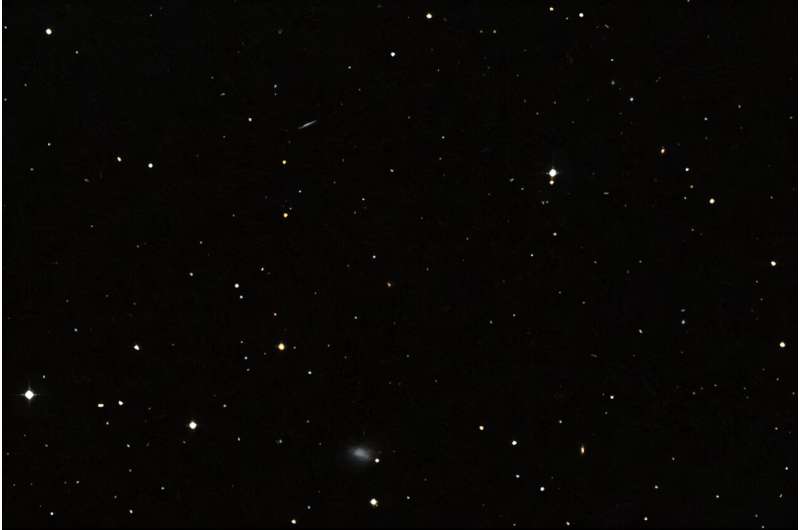
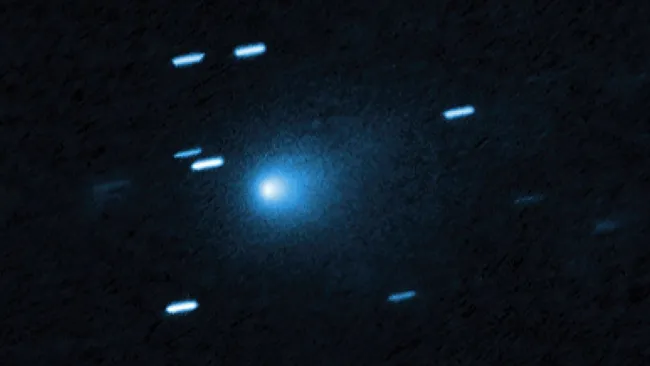



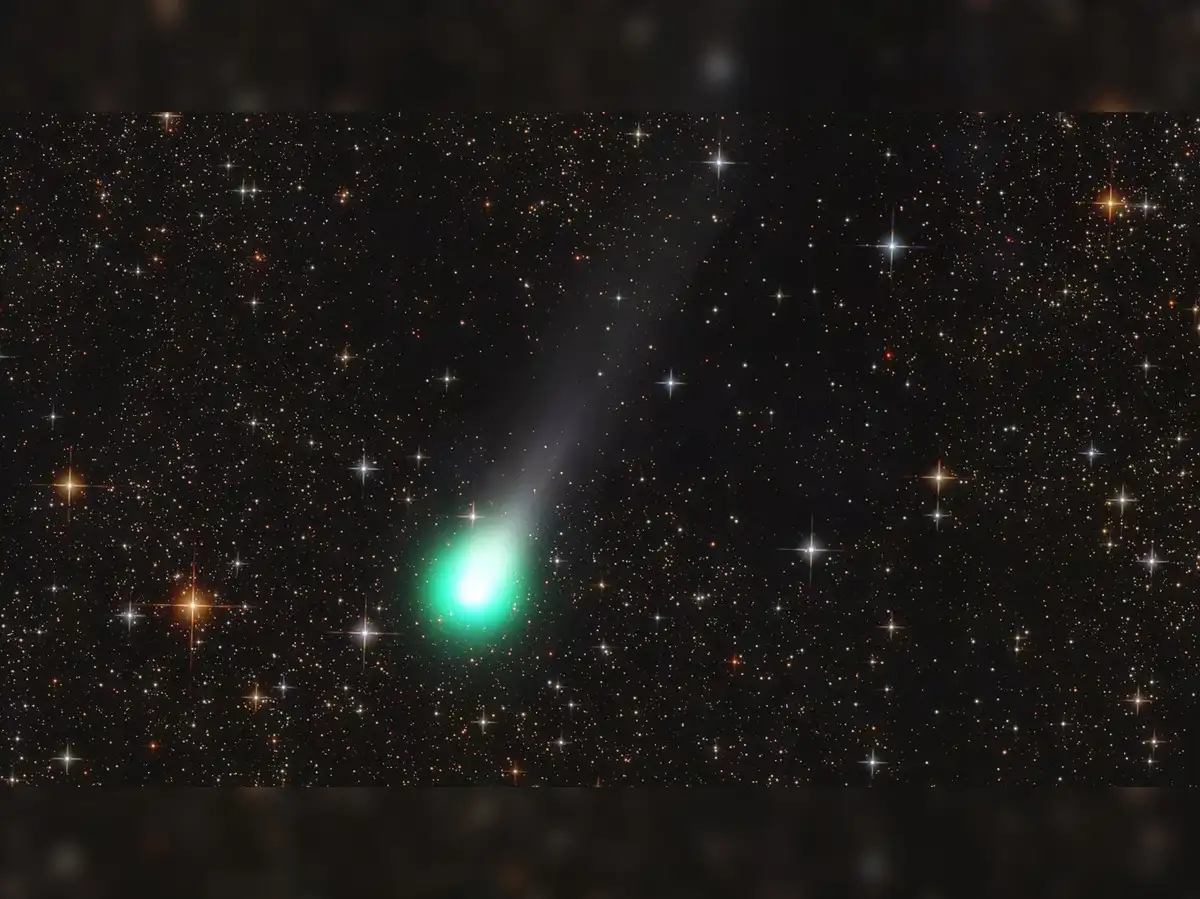
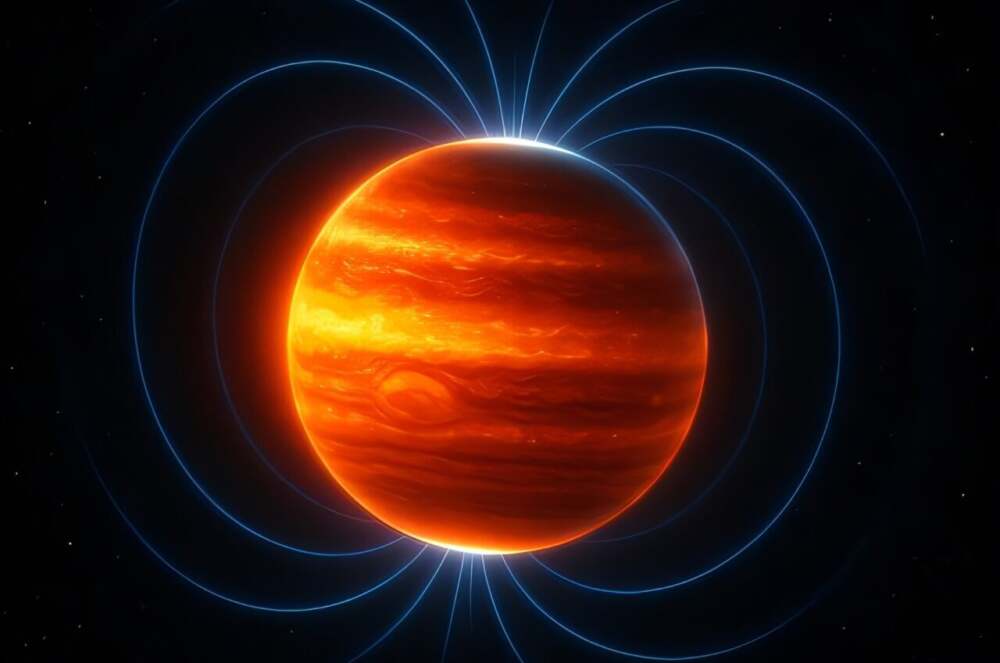

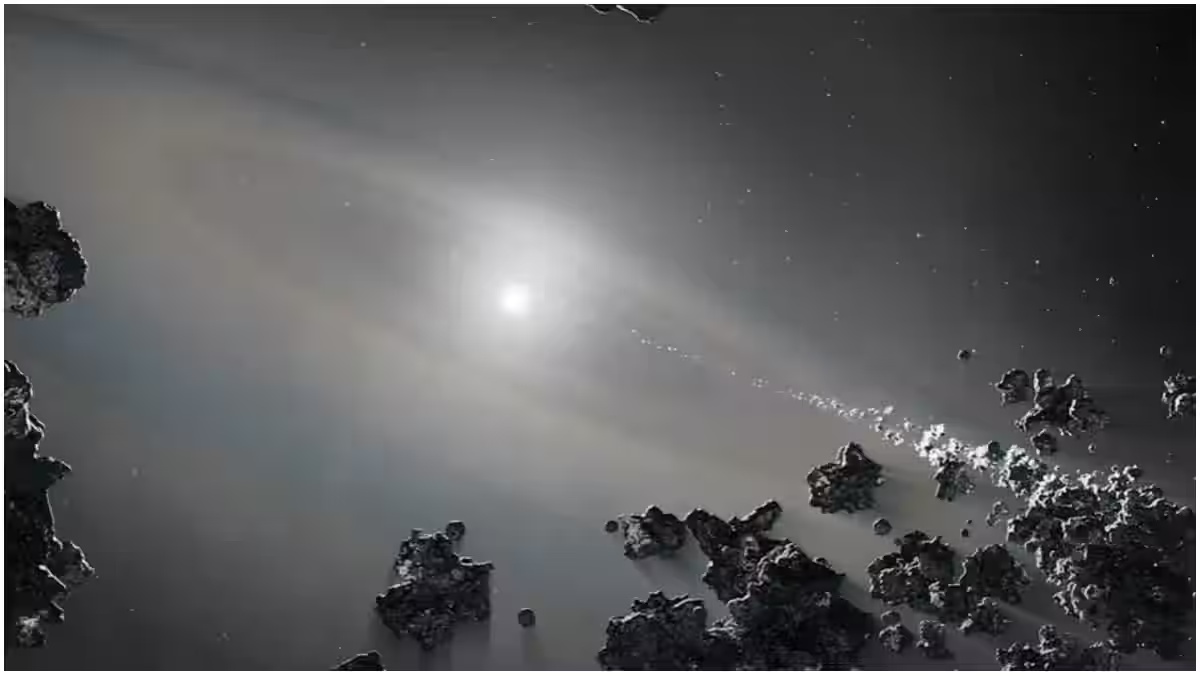
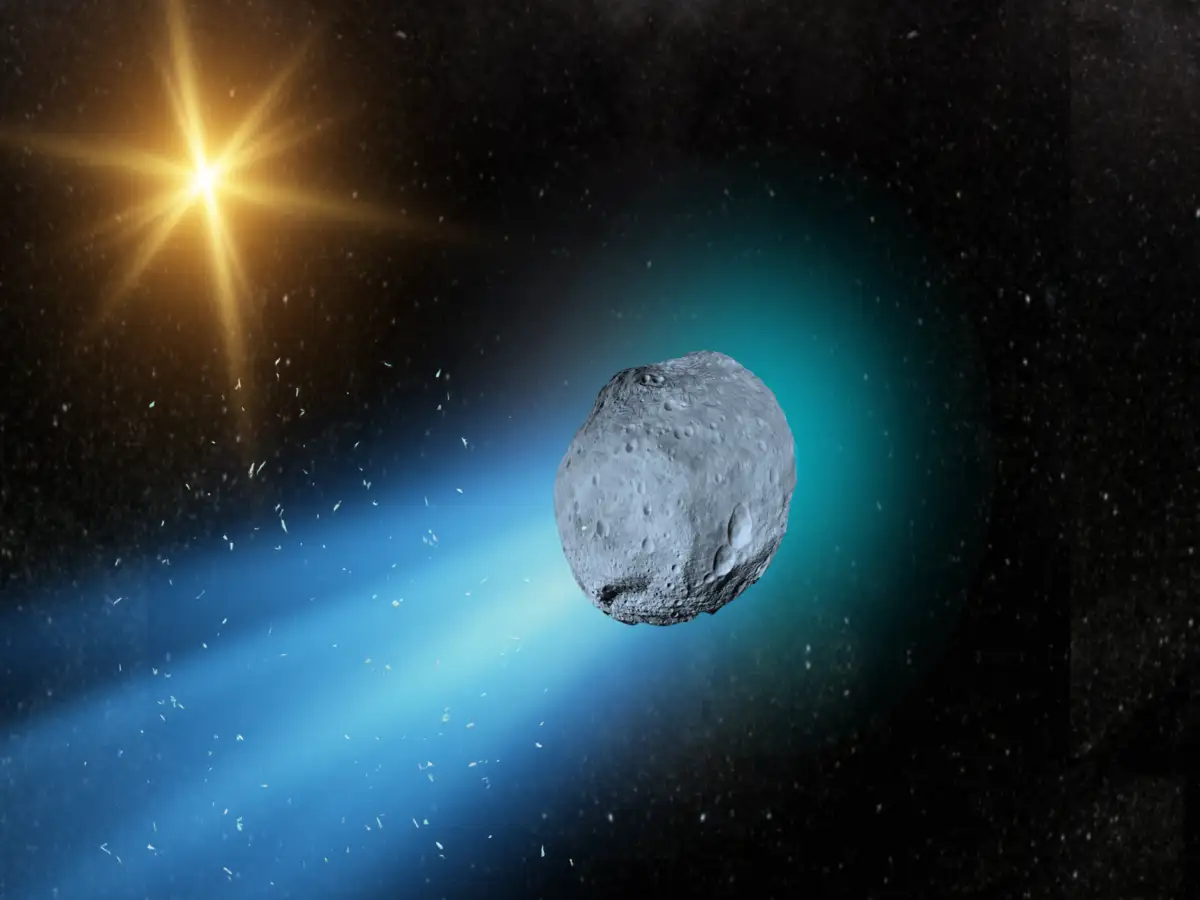




Leave a Reply